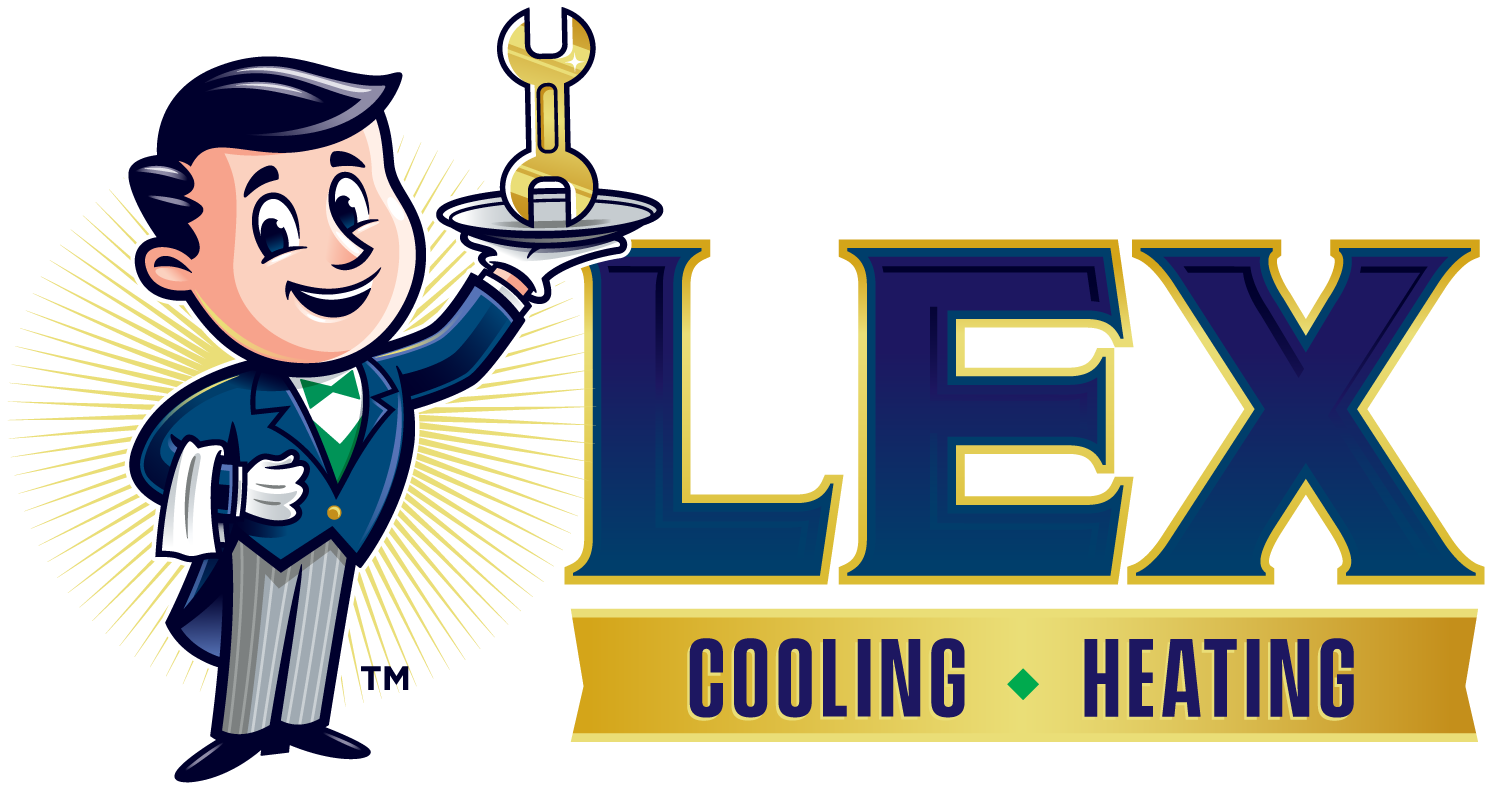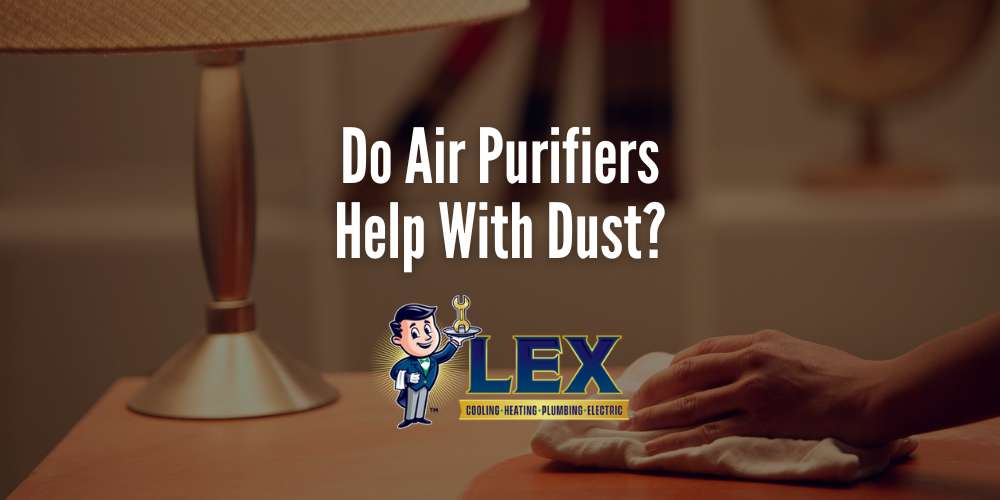If you’re a property owner and you’re wondering, “Do air purifiers help with dust?” we at Lex Air East Texas are here to answer that question and more. Yes, air purifiers can help trap dust particles and remove them from the air in your home or business. This can be especially helpful if you have allergies or respiratory issues.
If you’re interested in obtaining an air purifier, or you want to learn more about how an air purifier can help remove dust and improve poor indoor air quality, contact the Tyler air purifier installation professionals at Lex Air East Texas today. We offer a variety of air purifier options designed to fit your specific needs and budget, as well as expert installation and maintenance services to ensure optimal performance.
Start improving your air quality today–call (903) 833-9510 to schedule our services.
How Air Purifiers Can Help With Dust and Indoor Air Quality
Air purifiers can significantly improve indoor air quality by effectively filtering out airborne pollutants and contaminants, like dust, through various mechanisms. By reducing dust levels in the air, air purifiers can help alleviate allergies and respiratory issues, creating a cleaner and healthier indoor environment for homes and businesses alike in Tyler, Texas.
While indoor air pollution isn’t an issue that many people consider, it is a problem that can lead to health concerns. According to the Environmental Protection Agency (EPA), indoor air often contains 2 to 5 times the concentration of certain pollutants when compared to outdoor air.
If you’re looking to reduce the amount of dust in your home or business, or you want to improve the quality of the air inside your space, contact Lex Air East Texas for our air purifier and indoor air quality services in Tyler.
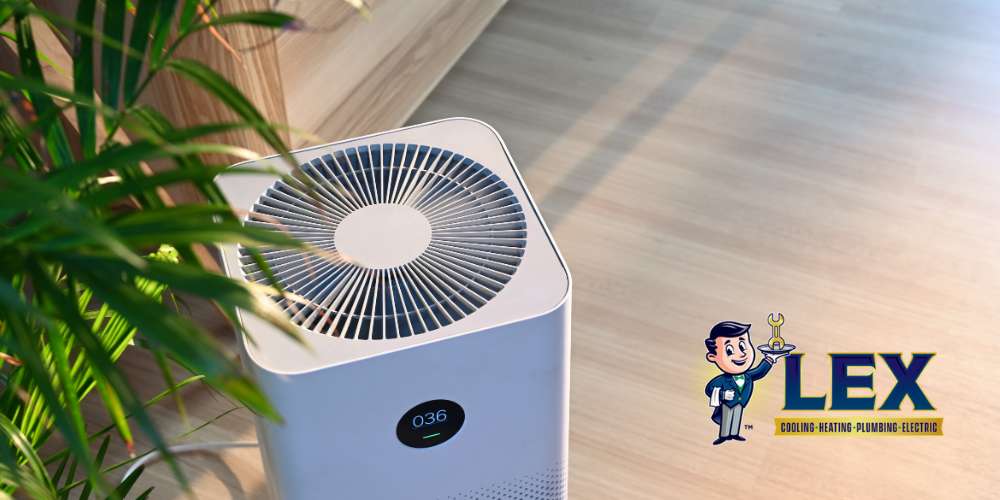
What Is an Air Purifier?
An air purifier, also known as an air filtration system or air cleaner, is a device that’s designed to improve indoor air quality by removing air pollutants and contaminants. Air cleaners typically use filters and other technologies, like ionization or UV light, to capture or neutralize harmful airborne particles such as dust, pollen, pet dander, mold spores, dead skin cells, and volatile organic compounds (VOCs).
By circulating and cleaning the air within a room or building, air purifiers help reduce allergens and pollutants, promoting a healthier and more comfortable indoor environment. They also report that this statistic is increasing over time as a result of modern construction methods and the use of certain synthetic materials in the home.
How Does an Air Purifier Work?
Air purifiers work by drawing in air from the surrounding environment and passing it through filters or using other technologies to trap and eliminate tiny particles and pollutants in the air. Some purifiers also utilize ionizers to electrically charge particles, causing them to stick to surfaces or collect on oppositely charged plates within the purifier.
UV-C light purifiers use ultraviolet light to neutralize bacteria and viruses by disrupting their DNA. Overall, air purifiers reduce the presence of allergens and harmful particles, improving air quality within that space.
Benefits of Air Purifiers in the Home
There are a variety of benefits to having an air purifier in your home, some of which include:
- Improved indoor air quality
- Relief from allergies
- Management of asthma triggers
- Reduced indoor odors
- Healthier indoor environments
- Improved sleep quality
- Long-term protection from harmful pollutants and particles
- Peace of mind, especially for children, elderly people, and individuals with respiratory conditions
- Reduced cleaning as a result of improved dust control
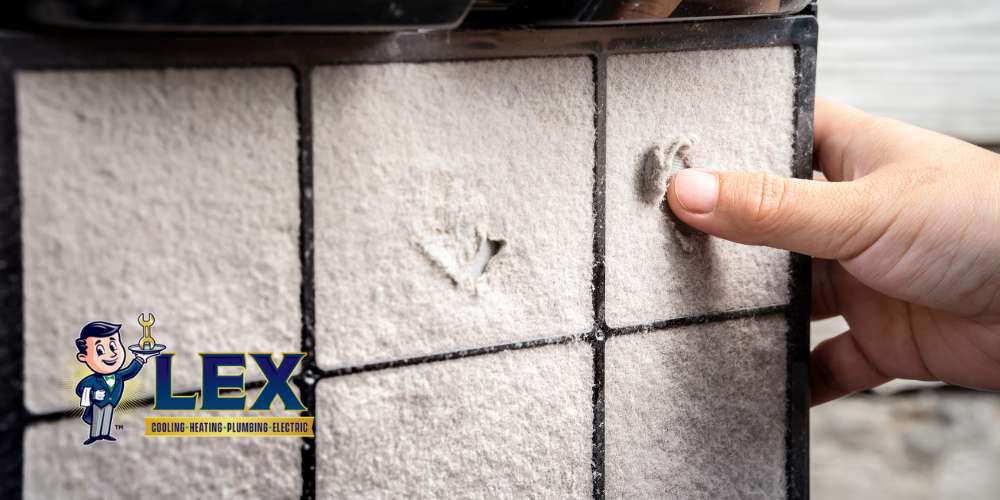
Does an Air Purifier Help With Dust?
Yes, an air purifier can help significantly with indoor dust. Dust is composed of small particles that accumulate from various sources such as soil, pollen, human and animal skin cells, fibers from fabrics and textiles, and pollutants like smoke and chemicals.
Air purifiers actively filter and capture airborne particles such as dust mites, pollen, pet dander, and other allergens. By removing these particles from the air, air purifiers reduce dust levels indoors, leading to cleaner surfaces and improved overall indoor air quality. This makes them effective tools for enhancing respiratory health and creating a more comfortable living environment.
Do Air Purifiers Reduce Dust?
Yes, air purifiers reduce dust by capturing and removing airborne particles, which can lead to lower dust levels on surfaces throughout your home or office. This not only improves cleanliness but also contributes to better indoor air quality, benefiting respiratory health by minimizing irritants that can trigger allergies or asthma. Additionally, lower dust levels mean less frequent dusting and cleaning, saving time and effort in maintaining a tidy environment.
Do Air Purifiers Remove Dust?
Yes, air purifiers do remove dust from indoor spaces. However, while they effectively reduce dust levels, they may not completely eliminate all dust particles.
This is because dust can settle on surfaces faster than air purifiers can filter it out, especially in high-traffic areas or where dust-generating activities occur frequently. Additionally, large dust particles may not be effectively captured by some types of air purifiers, depending on their design and filtration capabilities.
Despite these limitations, air purifiers remain highly effective in improving indoor air quality by reducing the overall amount of airborne dust and allergens present in the environment.
Do Air Purifiers Help With Dust Mites?
Yes, an air purifier can help remove dust mites from indoor spaces. Dust mites are microscopic pests commonly found in indoor environments that feed on dead skin cells. They are insect-like creatures that are close relatives to spiders and ticks. They are so incredibly small that they are invisible to the naked eye.
Air purifiers can help mitigate dust mite problems by reducing airborne particles like dust, which includes dust mite droppings and body fragments, which can exacerbate allergy and asthma symptoms.
By filtering out these allergens, air purifiers contribute to cleaner indoor air, potentially lowering exposure to dust mite allergens and improving overall respiratory health and comfort. Regular use of air purifiers with HEPA filters can be particularly effective in managing and treating dust mite allergies in homes and offices.
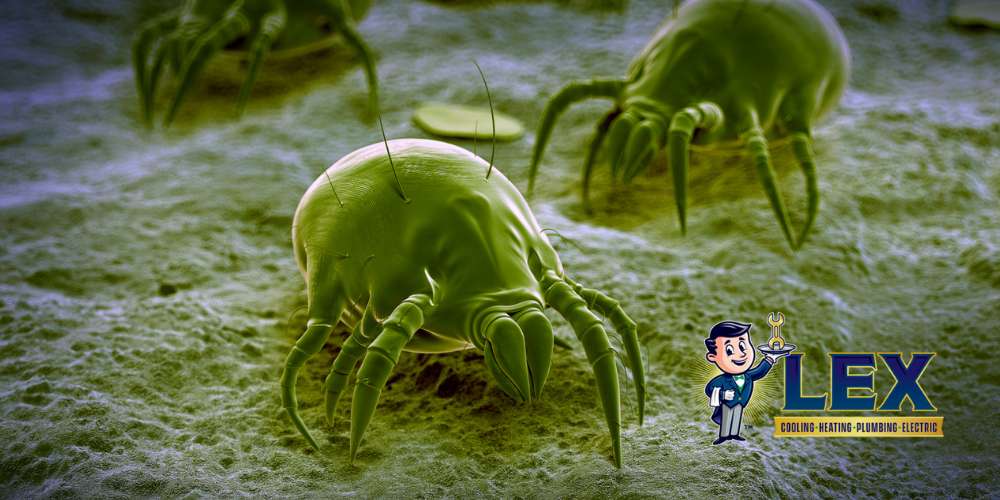
Do Air Purifiers Really Work for Dust?
Yes, air purifiers are capable of removing a decent amount of dust from indoor spaces. You can tell that your air purifier is working to remove dust if you see less dust accumulation on surfaces such as furniture and floors over time.
Additionally, you can tell your air purifier is functioning properly if you notice fewer dust particles floating in the air when sunlight shines through the windows. Regular maintenance and filter changes ensure that the air purifier continues to operate efficiently, maintaining cleaner indoor air and reducing dust-related issues.
How Do Air Purifiers Eliminate Dust?
Air purifiers utilize various methods for dust removal, depending on the type of air purifier. Below are some of the different air purifier traits that can affect their ability to trap dust and remove it from the air.
High-Efficiency Particulate Air (HEPA) Filters
A HEPA filter is an essential component of any air purifier that’s designed to eliminate dust. These air filters are highly effective at trapping microscopic particles such as dust, pollen, and pet dander as air passes through them.
Their dense fiber structure ensures that even the smallest particles are captured, improving indoor air quality by reducing airborne dust levels significantly. HEPA filters even exceed the limits of the MERV rating test, which is used to evaluate the efficiency of an air filter. This makes HEPA filters more efficient than most other air filters when it comes to filtering out fine particles.
Air Purifier Size
The size of an air purifier plays a crucial role in its ability to eliminate dust effectively. Larger units typically have stronger fans and larger filter surfaces, allowing them to process more air and capture more dust particles.
Most air purifiers have a clean air delivery rate (CADR), which indicates how efficient they are at filtering cubic feet of air each minute. Ideally, you’ll want an air purifier with a CADR that is 2 to 5 times larger than the area of the room you’ll be using it in.
Choosing an appropriately sized purifier for the room or area ensures optimal performance and better overall dust reduction.
Fan Speed
Adjusting the fan speed on an air purifier can impact its effectiveness in eliminating dust. Higher fan speeds increase the rate at which the purifier can circulate and filter the air, which can result in more rapid removal of dust particles from the air.
Lower fan speeds are quieter but may slightly reduce the purifier’s dust removal efficiency, making it important to balance noise levels with air cleaning effectiveness based on your specific indoor environment needs.

Contact Lex Air East Texas for Air Purifier Services in Tyler, TX
Having an air purifying system in your home or business can help ensure that your indoor air is clean and safe to breathe, protecting the health of everyone indoors. At Lex Air East Texas, we want to help you improve air quality and reduce indoor air irritants so that you and anyone else in your home or business can breathe easily.
Our Tyler HVAC professionals offer personalized solutions, ensuring that we meet your unique needs and your indoor environment is as healthy and comfortable as possible. We can install, maintain, and repair a wide range of air purifiers, so you can rest easy knowing that your system is operating at peak performance. Call (903) 833-9510 or contact us via our website to schedule our services or to learn more about how we can help you.
